So I've been reading these two articles and this answer
Cannot convert []string to []interface {} says that the memory layout needs to be changed.
http://jordanorelli.com/post/32665860244/how-to-use-interfaces-in-go says that understanding the underlying memory makes answering this question easy, and
http://research.swtch.com/interfaces, explains what is going on under the hood.
But for the life of me I can't think of a reason, in terms of the implementation of interfaces as to why []T cannot be cast to []interface.
So Why?
